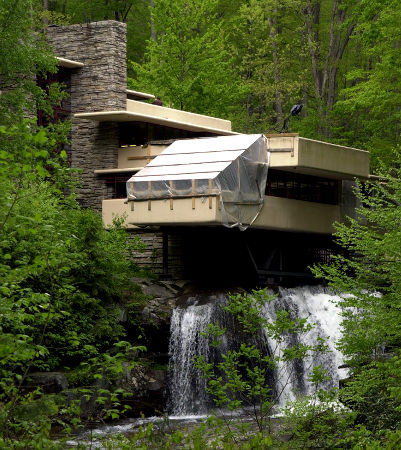After 11 years of design and
construction, curators at Rome’s new 130 million euro (about $175
million) contemporary art museum may now be wondering what art they’ll
install—and how they’ll hang it—in Zaha Hadid’s long, tubular gallery
spaces, which overlap each other as they zoom around an old army
barracks site like a frenzied highway project gone awry. Early viewers
can’t seem to get enough of Hadid’s gravity-defying, frozen-motion
theatricality, even as pundits declare the end of the era of
architectural spectacle.































